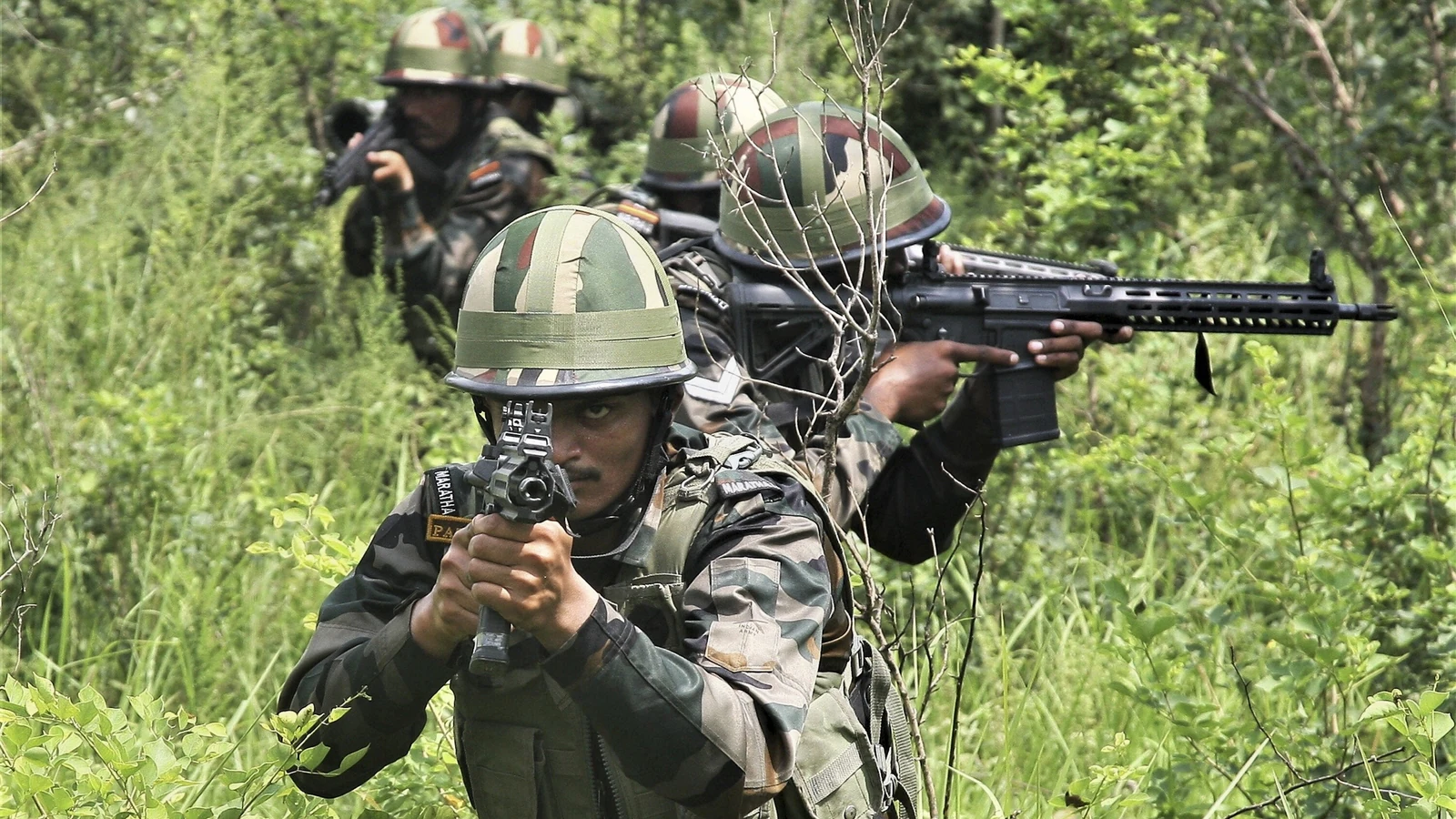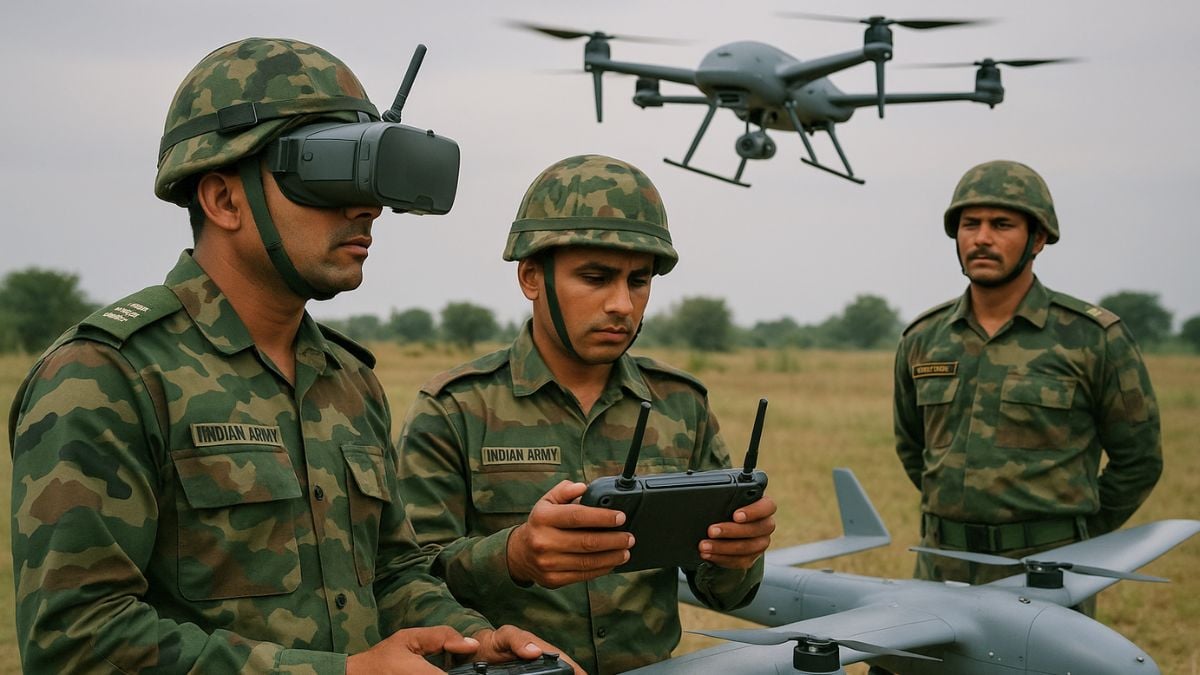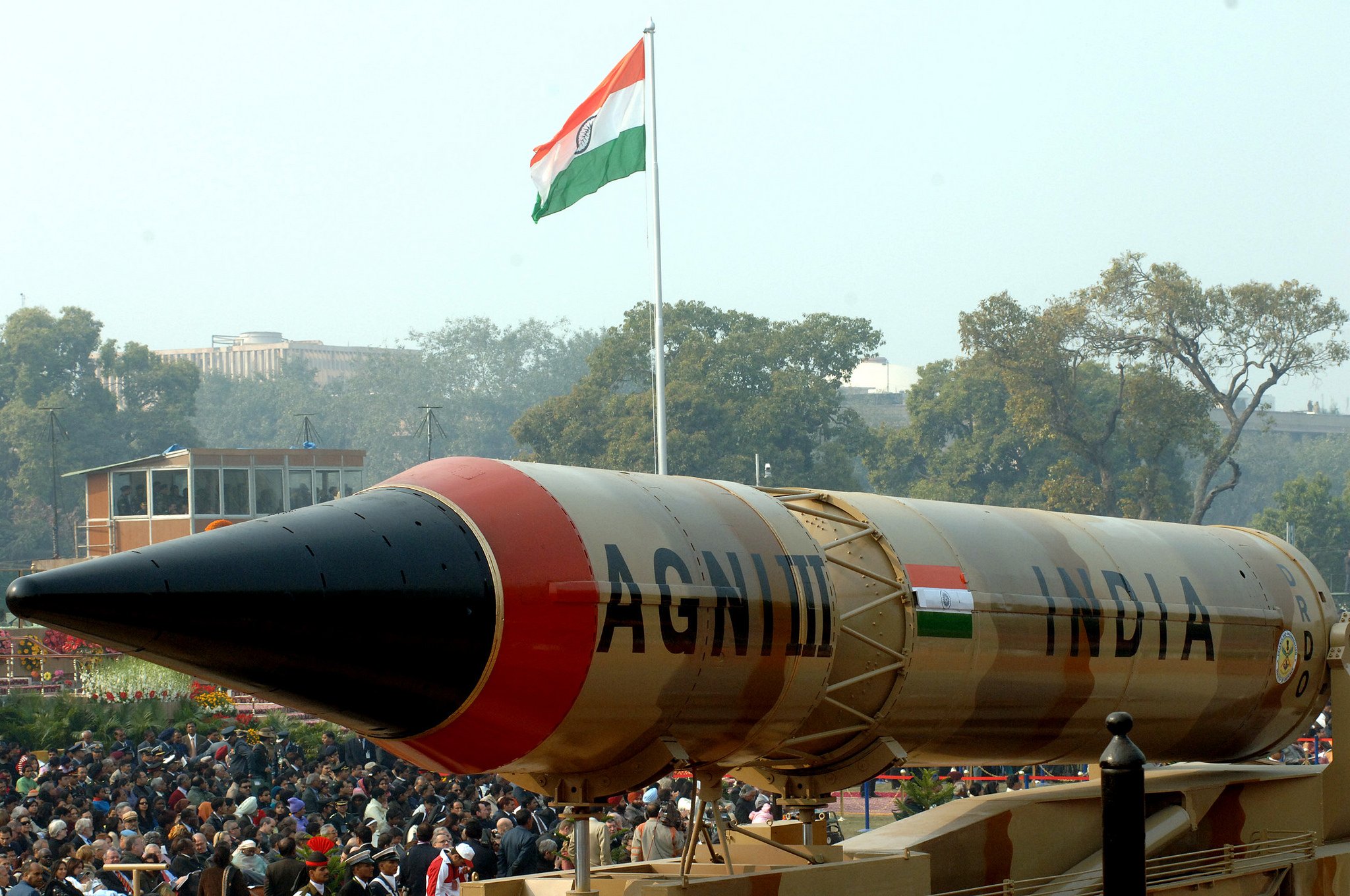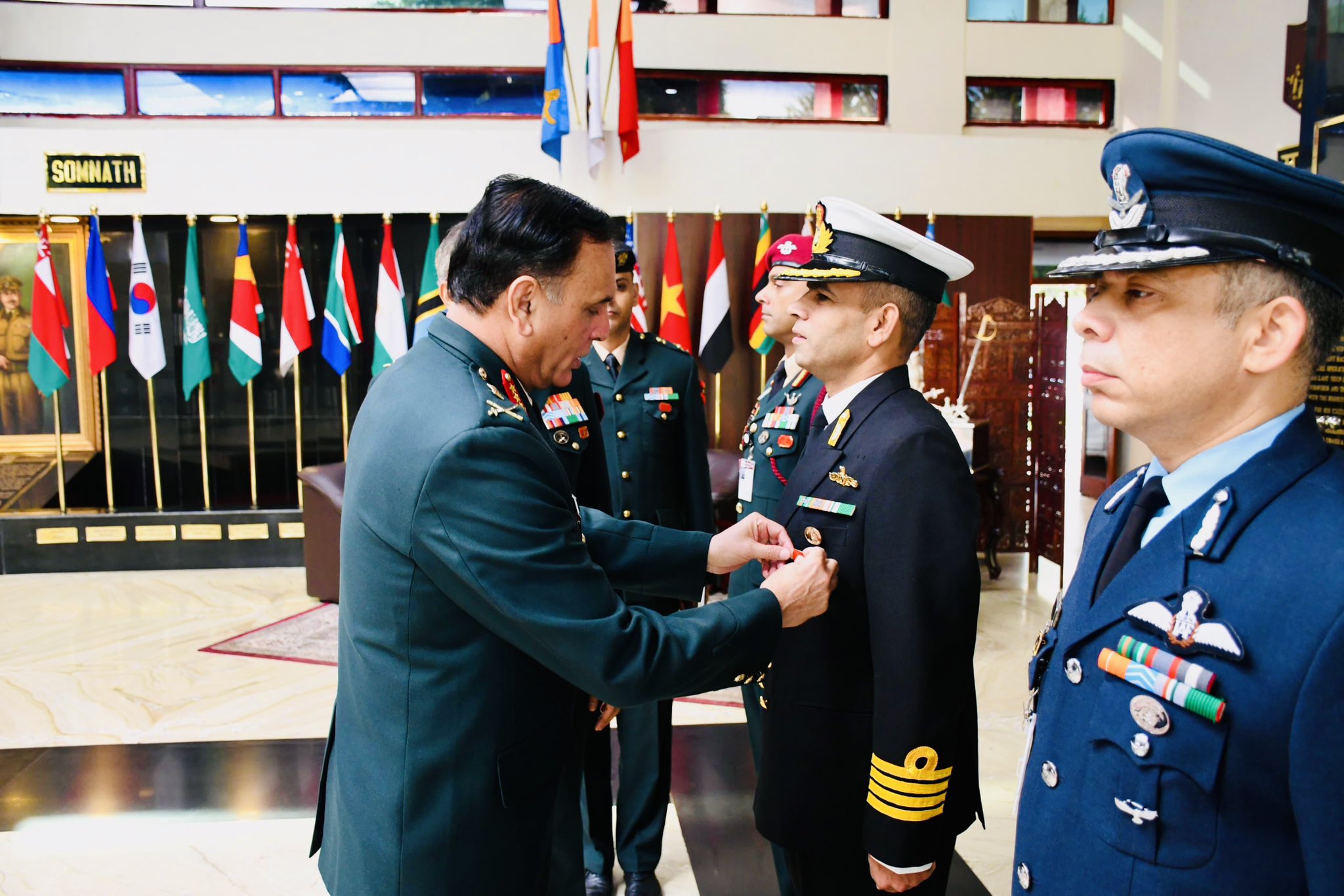5 Days Procedure In SSB Interview 2025 – Complete Guide For SSB Interview
Military leadership demands excellence. The Services Selection Board (SSB) also called SSB Interview ensures this standard through its rigorous selection…
Indian Army Foils Major BAT Attack in Uri, One Soldiers Martyred
The Indian Army has repelled a major Border Action Team (BAT) strike and infiltration attempt along the Line of Control…
Defence Ministry Clears ₹30,000 Crore Deal for Indigenous Long-Range Drones
In a major boost to India’s drone manufacturing sector, the Defence Ministry has approved a ₹30,000 crore contract for the…
Indian Navy Certifies South African Submarine for Rescue Operations
In a landmark step for India–South Africa defence cooperation, the Indian Navy has successfully completed the Rescue Seat Certification of…
Air Force Plans Major Expansion of Long-Range Missile Arsenal
Backed by the success of Operation Sindoor, the Indian Air Force (IAF) is preparing to significantly boost its long-range air-to-ground…
Lt Gen Dhiraj Seth Highlights Western Front Strategy at DSSC Wellington
Lt Gen Dhiraj Seth, PVSM, AVSM, General Officer Commanding-in-Chief, Southern Command, visited the Defence Services Staff College (DSSC) in Wellington,…





